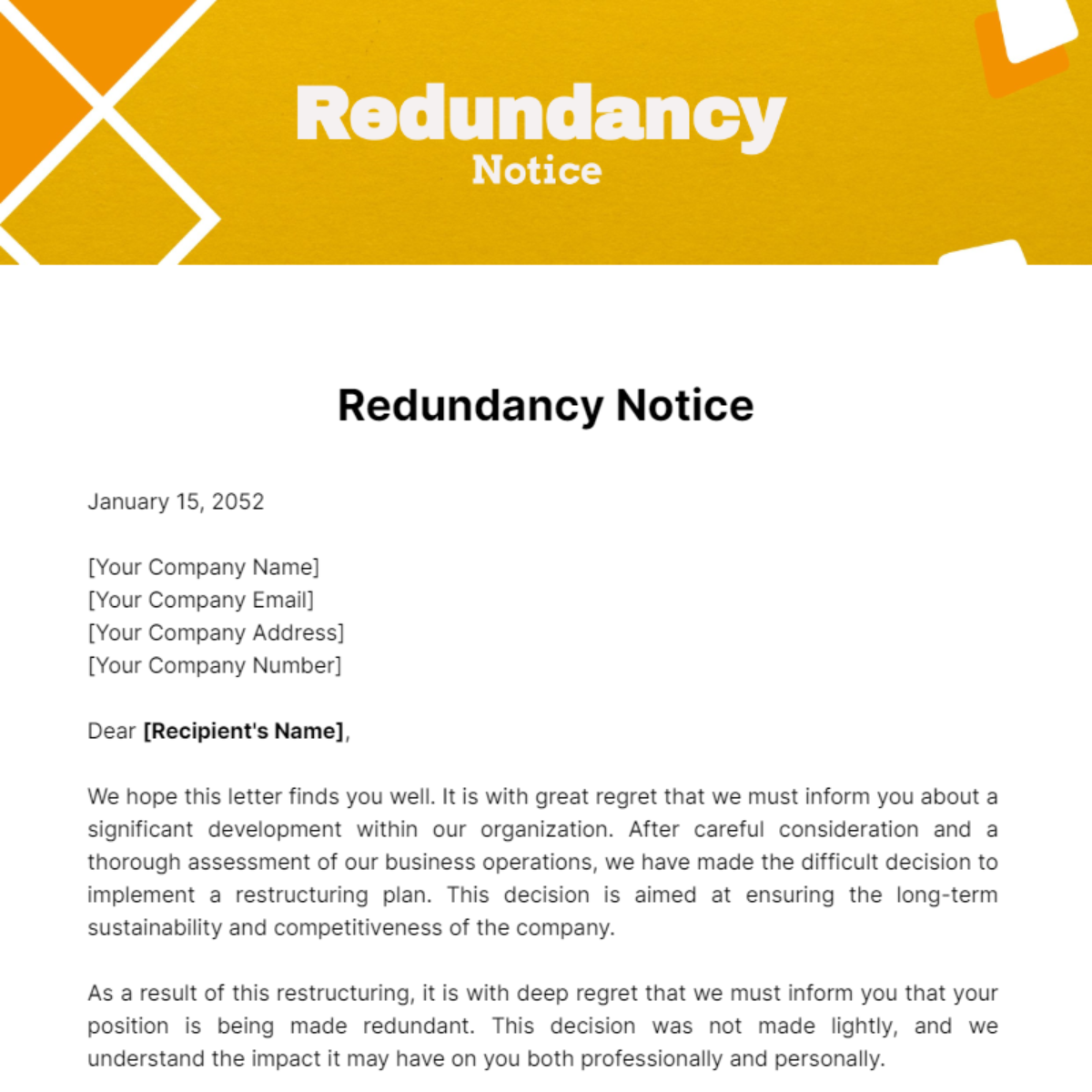Unboxing the Strategies for Mitigating Company Redundancy and Enhancing Organizational Durability
In today's vibrant organization landscape, the ability of organizations to navigate difficulties and uncertainties is vital for lasting sustainability. Mitigating firm redundancy and boosting business strength have actually come to be focal points for leaders aiming to adjust and prosper in an ever-evolving market. By diving right into the ins and outs of calculated preparation, workforce optimization, and technological combination, companies can not only streamline their operations yet additionally strengthen their frameworks to stand up to unanticipated interruptions. As we check out the diverse techniques employed by forward-thinking companies, a much deeper understanding emerges into the proactive measures essential for cultivating dexterity and stamina when faced with change.
Assessing Current Business Redundancies
To successfully evaluate existing organizational redundancies within a firm, a detailed review of the existing functions, procedures, and obligations is important. if a company goes bust who pays redundancy. By performing an extensive examination of the different features and tasks performed within the company, management can determine locations where duplication of efforts or inadequacies exist. This assessment must not just focus on private task duties but likewise take into consideration how different divisions connect and collaborate
One approach to assessing redundancies is to examine work descriptions and responsibilities to identify any type of overlaps or voids in responsibilities. Additionally, evaluating the operations and communication channels can expose bottlenecks or unneeded actions in procedures. It is essential to include workers in all levels during this evaluation to gain understandings from those straight associated with day-to-day operations.

Carrying Out Agile Workforce Methods
Adhering to a complete assessment of present business redundancies, the application of dexterous workforce methods comes to be crucial for optimizing operational performance and adaptability. Nimble labor force strategies include developing a vibrant and flexible workplace where employees can rapidly adjust to transforming business requirements. One crucial facet of executing active labor force approaches is fostering a culture of constant discovering and growth. This involves offering workers with the needed devices, sources, and training to get new skills and competencies. Furthermore, companies can improve dexterity by advertising cross-functional groups that can easily change and collaborate focus based on concern jobs.
An additional crucial aspect of nimble labor force methods is promoting transparent interaction and encouraging workers to choose autonomously within their roles. By decentralizing decision-making procedures, organizations can respond better to difficulties and opportunities. Additionally, adopting dexterous job management techniques, such as Scrum or Kanban, can enhance workflows and raise productivity. On the whole, carrying out agile labor force techniques can aid business stay affordable in today's rapidly progressing service landscape.
Leveraging Innovation for Efficiency
Leveraging advanced technical services can considerably boost operational performance within organizations looking for to improve procedures and optimize resource websites application. By incorporating automation tools, expert system, and information analytics, companies can streamline operations, reduce hand-operated errors, official source and make data-driven choices without delay. Automation can deal with recurring jobs, enabling workers to concentrate on even more critical initiatives, thus improving performance and technology.
Furthermore, the implementation of cloud computing services enables seamless collaboration among group participants, despite their physical place. This cultivates interaction, improves job administration, and enhances general efficiency. Additionally, utilizing customer partnership monitoring (CRM) software program can aid organizations much better comprehend their clients' needs, personalize communications, and inevitably boost client fulfillment and loyalty.

Motivating Continuous Discovering and Growth
Executing a society of continuous discovering and growth is important for cultivating growth and adaptability within a vibrant business environment. Motivating staff members to participate in ongoing discovering possibilities not only enhances their private abilities yet also adds to the general strength of the firm. By prioritizing constant discovering, companies can remain abreast of industry trends, adapt to technological improvements, and continue to be affordable in the market.
To efficiently motivate continual understanding and development, companies can establish discovering and growth programs, supply possibilities for upskilling and reskilling, provide access to online programs and resources, and produce a helpful discovering setting. Supervisors play a critical duty in advertising a society of understanding by leading by example, providing feedback and coaching, and recognizing and awarding staff members' understanding success.
Structure a Resistant Company Society
Establishing a durable corporate society is extremely important for companies seeking to navigate challenges and grow in an ever-evolving business landscape. A resistant company culture is characterized by flexibility, openness, open communication, and a solid feeling of function. To construct such a society, leaders should prioritize cultivating count on among workers, encouraging cooperation, and advertising a growth frame of mind. Clear communication about business changes, obstacles, and successes is important in creating a society where employees really feel informed and see this website valued. In addition, offering possibilities for professional growth, recognizing and compensating employees' payments, and promoting work-life balance are essential aspects of a resilient business society.
Leaders play a significant function fit the society of a company. By leading by example, demonstrating durability despite adversity, and actively sustaining their groups, leaders can infuse these values throughout the organization. A durable business society not just helps companies endure difficulties yet also promotes advancement, improves staff member involvement, and inevitably adds to lasting organizational success.
Conclusion
To conclude, the approaches for minimizing firm redundancy and improving organizational resilience are essential for maintaining competition in today's vibrant company environment. By analyzing present redundancies, applying dexterous workforce techniques, leveraging technology, urging constant knowing and development, and constructing a durable corporate society, organizations can adjust to alter, improve performance, and foster advancement. These proactive actions will help business navigate obstacles, reduce disturbances, and make sure long-term success in the ever-evolving market.
Following a comprehensive analysis of present business redundancies, the implementation of dexterous workforce approaches becomes essential for maximizing operational effectiveness and flexibility - if a company goes bust who pays redundancy. In general, applying nimble labor force techniques can aid companies stay affordable in today's rapidly progressing business landscape
A durable company culture not only aids firms endure difficulties but likewise promotes technology, enhances worker involvement, and ultimately adds to lasting organizational success.

Comments on “Who Pays Redundancy Money? A Thorough Overview for Companies and Employees”